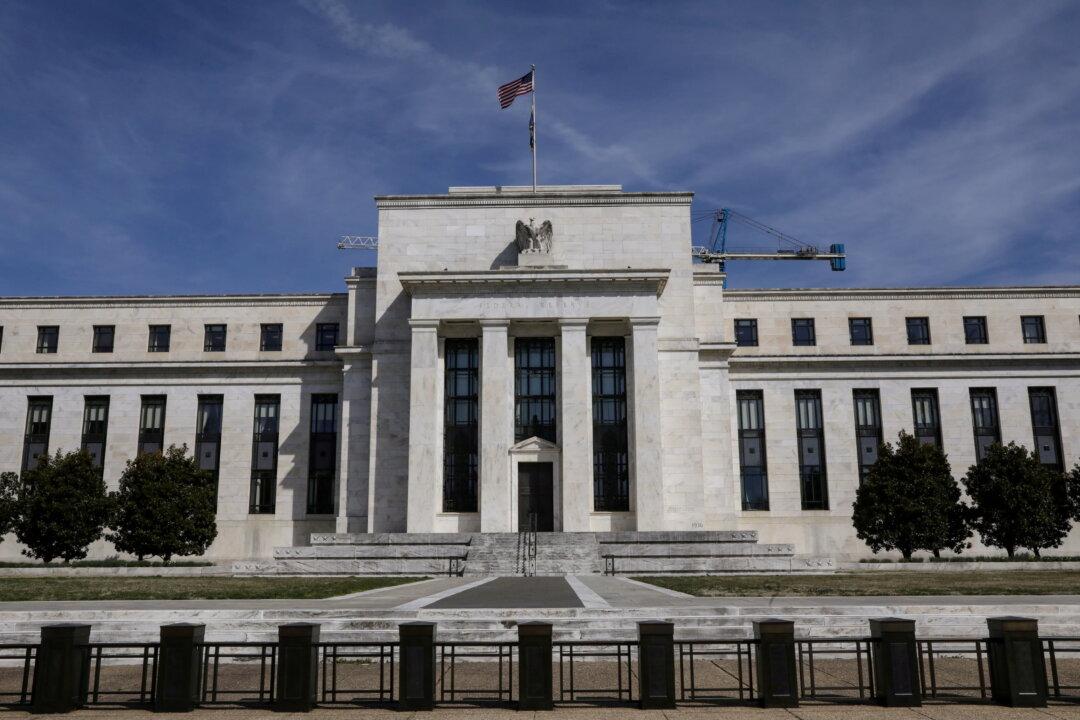Most workers in the United States have seen their wages fall behind inflation in the past year, according to a recent report by the Federal Reserve Bank of Dallas.
The Fed calculates that 53.4 percent of the American workforce saw their real wages decline between the second quarter of 2021 and second quarter of 2022, the Oct. 4 research report said. Real wages refer to inflation-adjusted wages.





